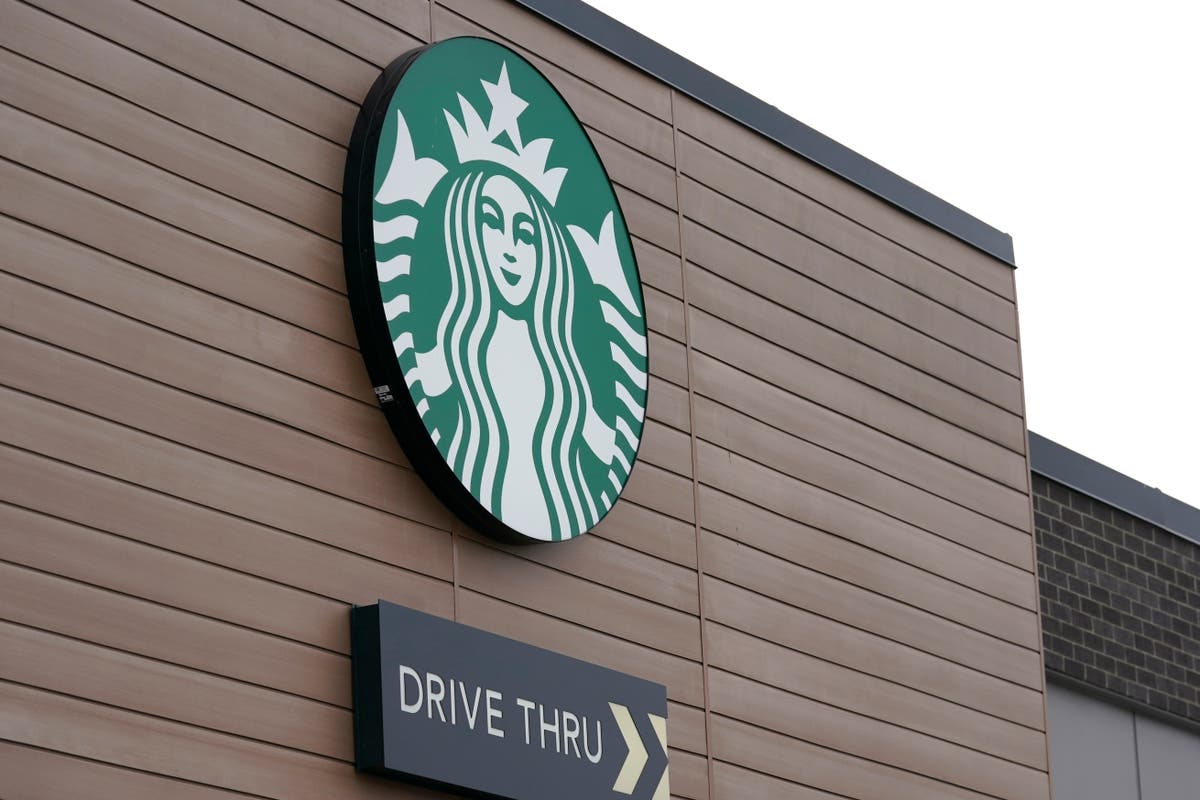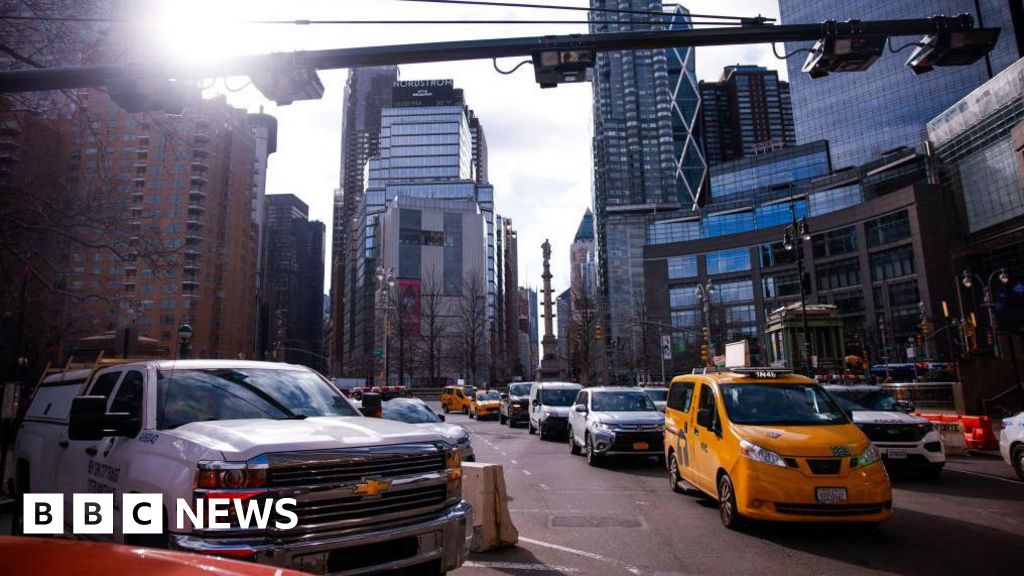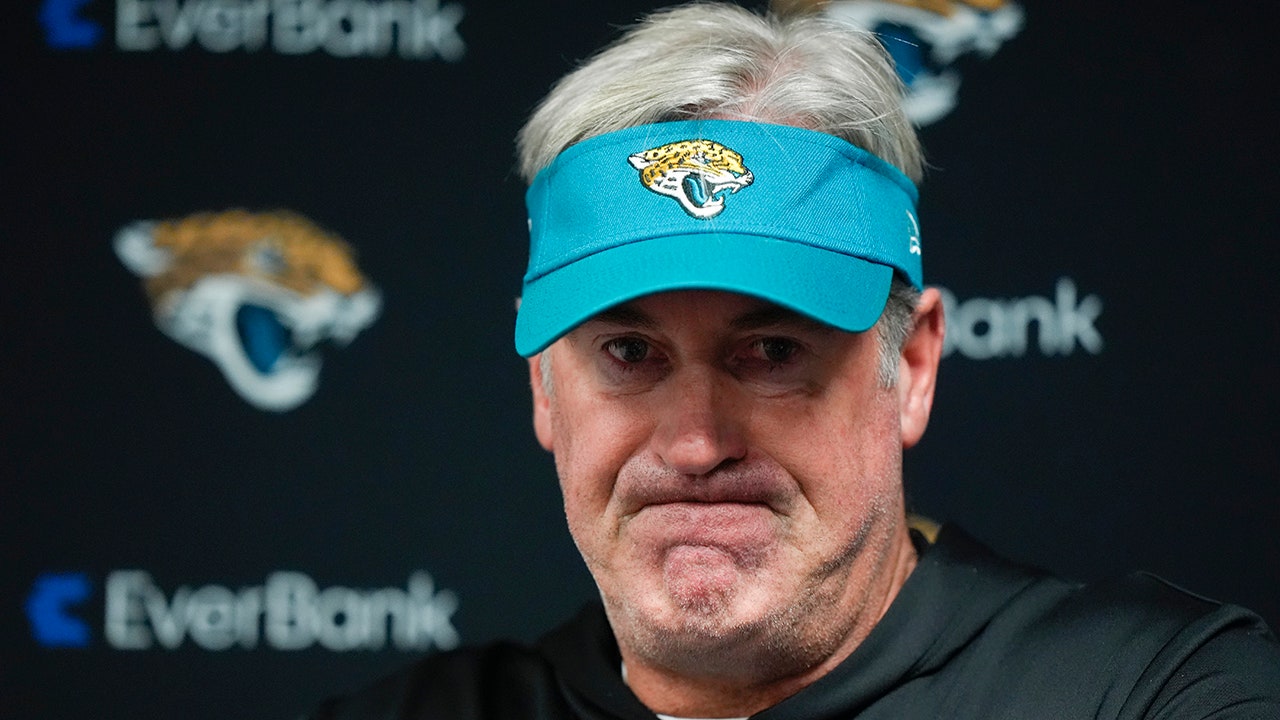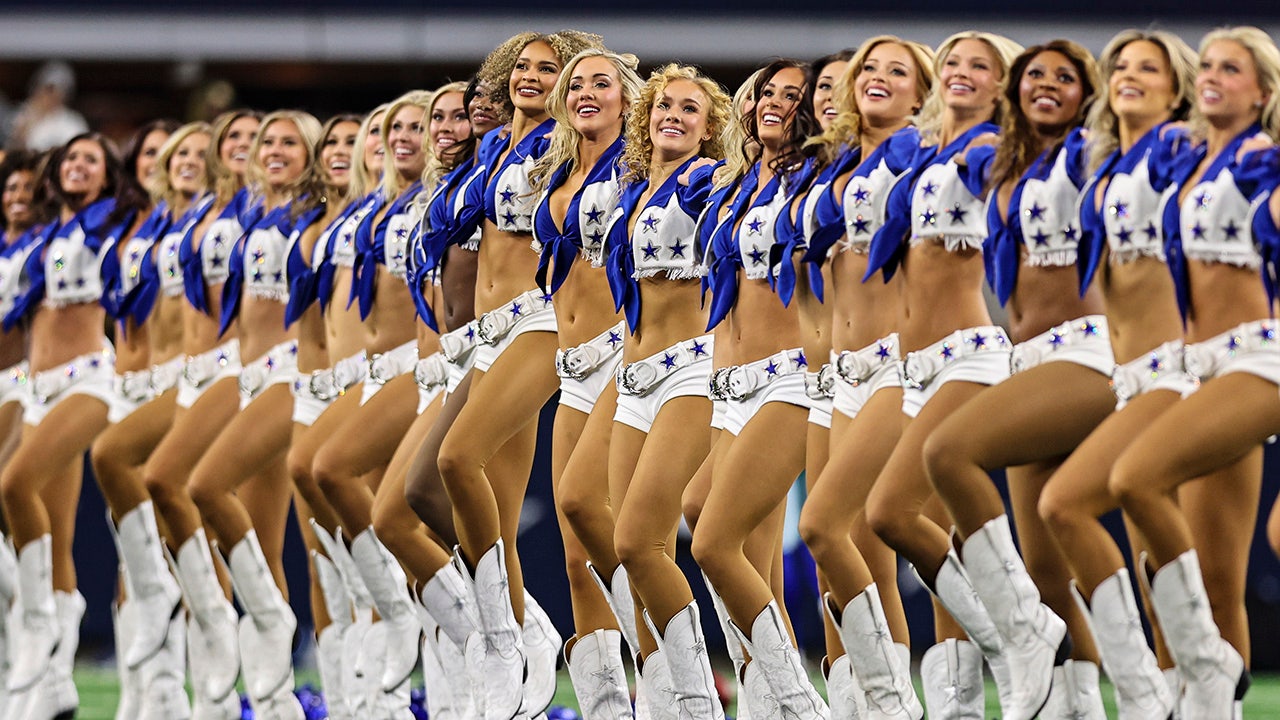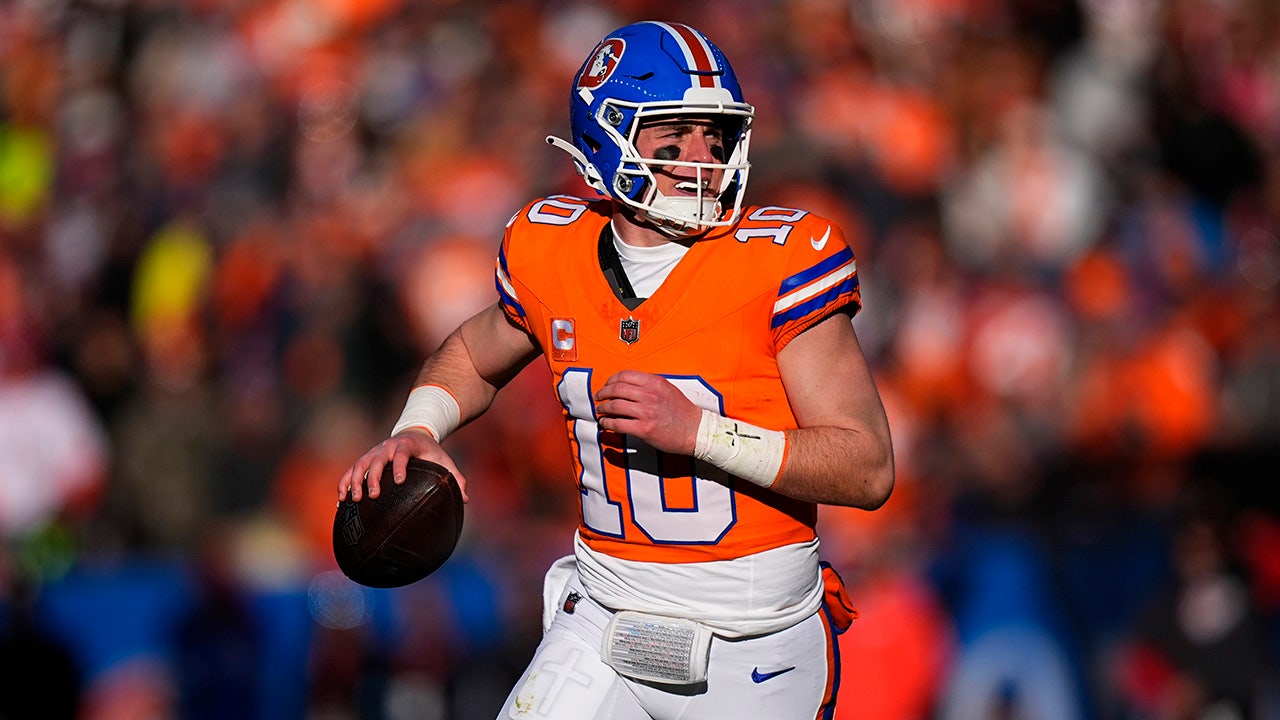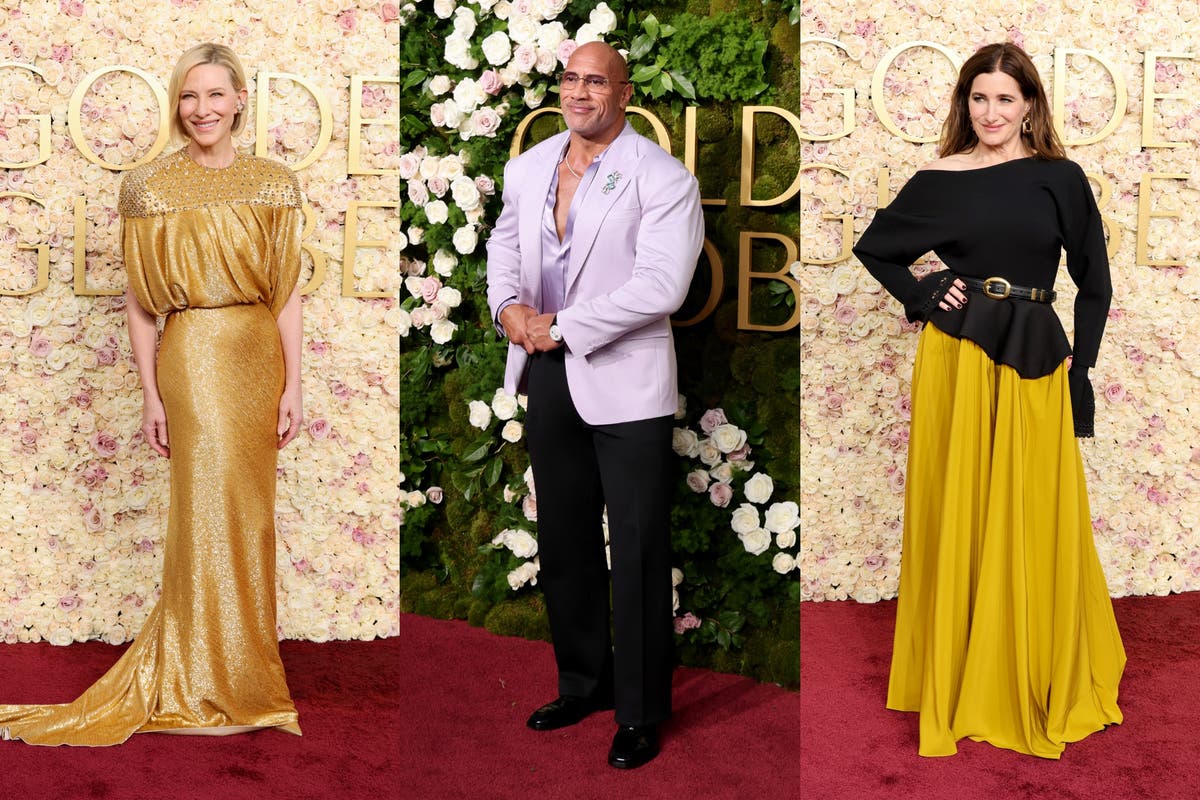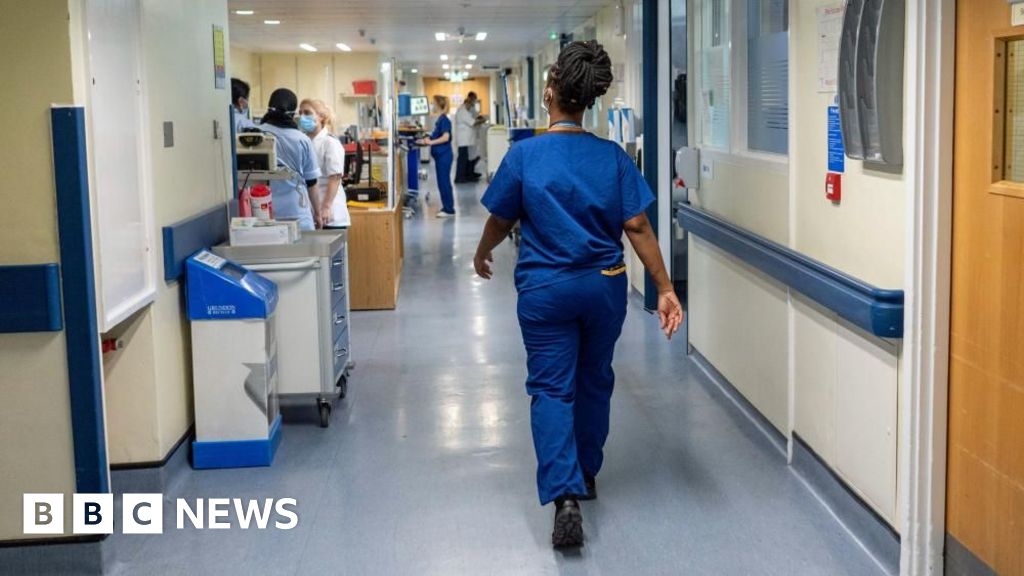In fact, there was a reason. At that point “Merrily” was midway through a slow rehabilitation since a notorious 1981 Broadway premiere that managed only 16 performances. The story lacked depth, the thinking went; the actors were too young and the sets and costumes too hokey. In the years after the show’s failure to launch, George Furth’s book got revised, and Sondheim devotees took up its cause. It became the high school musical in 2017’s “Lady Bird,” and Richard Linklater is directing a movie adaptation. And now a new Broadway production has been hailed as the apotheosis of all “Merrily We Roll Alongs” across time and space. That may not be hyperbole, as it showcases a slowly de-intensifying Jonathan Groff, a charmingly manic Daniel Radcliffe and an ever-likable Lindsay Mendez, whose Mary radiates affection for her companions.
When I saw that Washington’s 120-seat Keegan Theatre planned to produce the show this month, I was surprised. They’re allowed to do that? The timing seemed … unfortunate. But is it?
Keegan had long wanted to perform its first Sondheim show and finally secured the rights to “Merrily.” When the starry off-Broadway production announced a move to Broadway, Keegan’s leaders considered postponing their version but didn’t want to risk losing their chance. So they ran with it, hoping it would “provide an interesting counterpoint to the New York version, and that those who have seen it there will be interested to see Keegan’s take on this show as well,” artistic director Susan Marie Rhea writes in an email.
The production rises to the task, as we’re drawn into the characters’ journeys despite their flaws. Ryan Burke’s Frank, the talented composer who becomes a sceney Hollywood producer, seems to genuinely regret getting dragged into his new, deeply uncomfortable life. Harrison Smith’s Charley, Frank’s songwriting partner, is affable amid his resentment. Sarah Chapin is both amusing and cutting as Mary, the author in unrequited love with Frank (a trait that has always felt underwritten).
The singing is remarkable, including that of Brigid Wallace Harper as Frank’s first wife, Beth, and it comes across vividly in Keegan’s intimate space. Duane Richards II lands his quips as Joe Josephson, the producer played by Jason Alexander in the original production.
The set is plastered entirely with newspapers, helping the colorful costumes pop and highlighting how Frank’s descent parallels America’s own declining mood: The show starts a couple years after Nixon’s resignation and then gradually traces the characters back to just before the Camelot era of JFK, ending on the day they spot Sputnik from their rooftop. At one point we see a headline announcing Robert Kennedy’s death in 1968; later, in 1960, a song that spoofs the Kennedys proclaims they’ll all be president one day.
Really, there are very few off moments. Even the ensemble’s array of desperate journalists, paparazzi and showbiz hangers-on avoids being irritating. If there’s any quibble, it’s that Frank doesn’t quite credibly feel like the center of the universe that everyone seems to think he is.
But you come for the songs: The invigorating blast of an overture. The catchy recurring title song. The somber “Like It Was.” The epic “Opening Doors,” on the thrills and setbacks of striving in your twenties, which Sondheim said was his most autobiographical song. The unashamedly sentimental “Our Time,” sung when the trio is literally seeing stars in their eyes as they prepare to change the world.
“Merrily,” based on the 1934 Kaufman and Hart play, is a cynical mind trick: We see the characters get happier, which means life gets better — but no, they’re living in the opposite direction, so they actually become embittered, which means life gets worse! At the same time, it suggests we can reach back and grab a bit of that hope from our past, and use it to help us face the future.
Broadway’s “Merrily” shows that it deserves to be in that upper tier of musicals, the ones you have to see. The production here in Washington shows that word of its greatness can be spread by the Keegans of the world, too.
Merrily We Roll Along, music and lyrics by Stephen Sondheim, book by George Furth. Directed by Christina A. Coakley and Jennifer J. Hopkins. Choreography, Hopkins; music direction, Nathan Beary Blustein; resident scenic design, Matthew J. Keenan; props and set dressing, Cindy Landrum Jacobs; lights, Dominic DeSalvio; costumes, Elizabeth Morton; sound, Gordon Nimmo-Smith; projections, Jeremy Bennett. 2 hours 30 minutes, with an intermission. Through March 3 at Keegan Theatre, 1742 Church Street NW, Washington. keegantheatre.com.








